- A mineral exploration company may have found the largest reserves of rare earth elements in the US.
- Demand for clean energy minerals is projected to increase by up to 600% in the coming decades.
- The discovery comes at a time when political pressure is building to increase domestic supply.
In the rust-colored shadow of a mountain in Wyoming, the search is underway for some of the most important minerals on the planet.
The salt-and-pepper rocks here have an unusually high presence of several "rare earth" elements — namely Neodymium, Dysprosium, Praseodymium, and Terbium — which are essential in making the magnets that go into things like electric vehicle motors and wind turbines.
American Rare Earths, the company conducting the exploration and analyses, also has holdings in Arizona and Nevada that could substantially ease US dependence on foreign sources of these key metals.
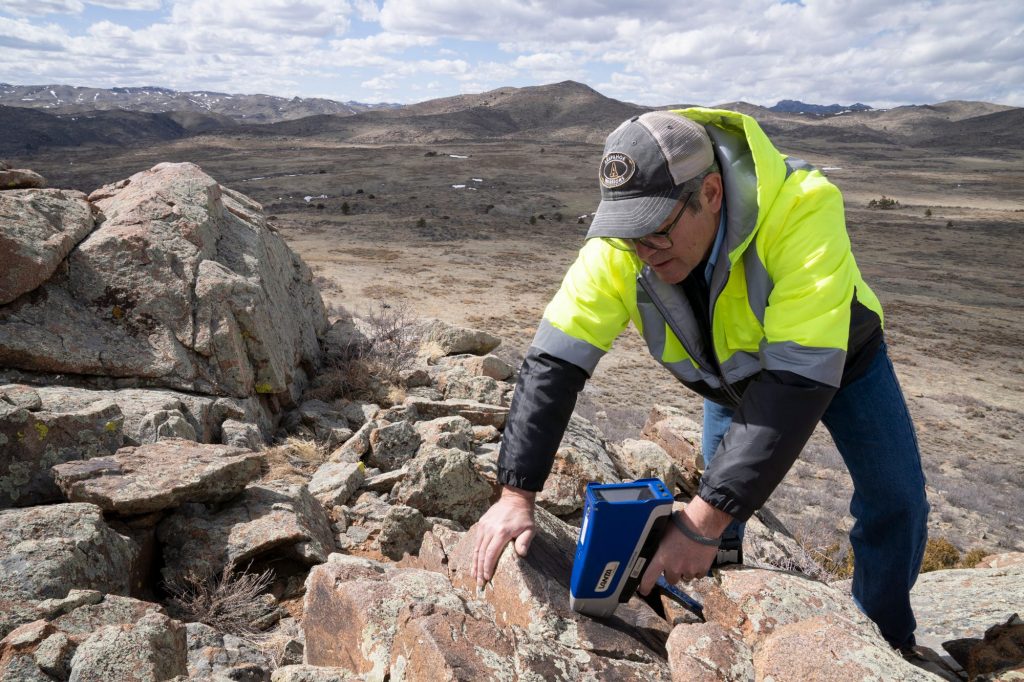
If preliminary results hold, the sites in Arizona and Wyoming could be the two largest rare earth sites in the US, making ARE's holdings the largest claim in North America by a wide margin.
The current US leader in terms of production is MP Materials, which owns the only operating rare earth mine in Mountain Pass, California, and is responsible for producing 15% of the mineral content consumed in the global market, according to SEC filings.
An estimate from the White House projects demand for these kinds of minerals to increase by up to 600% in the coming decades amid the transition to a clean energy economy. ARE expects the global rare earth market to reach $20 billion within the next few years.
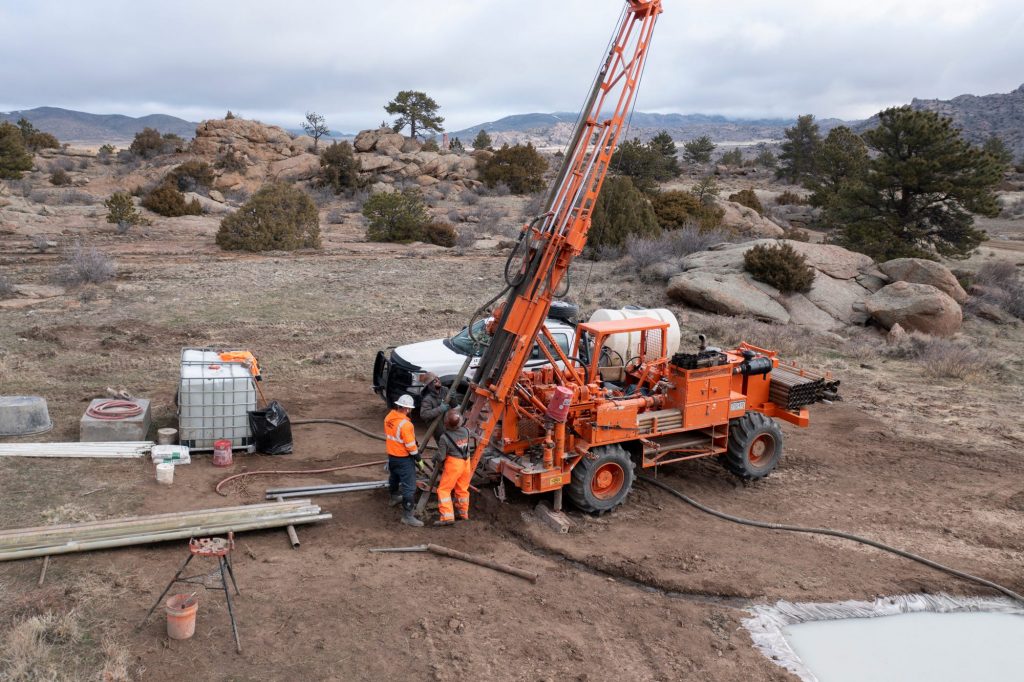
While most of the attention is commonly focused on growing demand for lithium to power ever-larger batteries, these ultra powerful magnets are what convert motion into electricity, and the White House says 87% of that market is controlled by China.
Although Russia is a major mineral exporter, including several rare earth minerals, it is not a major supplier of these specific elements. Even so, Russia's invasion of Ukraine has elevated the urgency of onshoring as much of this production as quickly as possible.
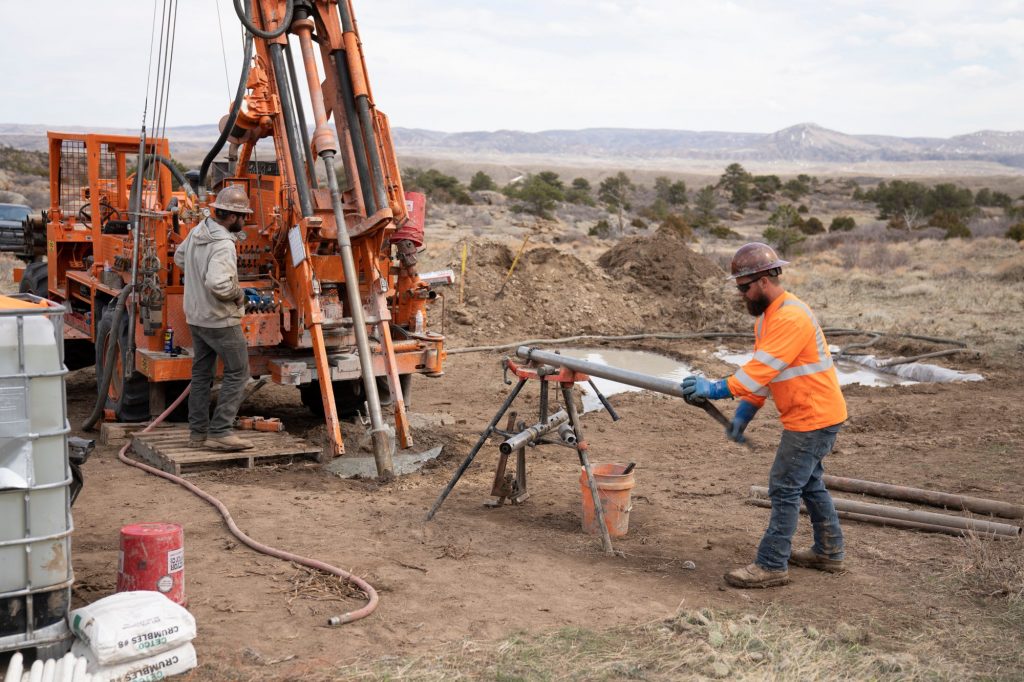
What makes magnets made with these elements special is they are more resistant to demagnetization that can occur at high temperatures or vibrations, such as the conditions that can appear during the operation of an EV motor, power turbine, or drone rotor. If a magnet loses its polarity, it's no longer useful in converting electricity.
Of course, mining the raw materials is only the beginning of a much longer process, and the US currently has no capacity to turn its own rare earth supply into useful products. For now, what gets mined in California is shipped over to China for refining and manufacturing.
The push to keep more of that supply chain in the US is seeing mounting political support as well.
In January, Senators Tom Cotton and Mark Kelly introduced legislation that would establish a stockpile through the Department of Defense and require defense contractors to stop buying rare earths from China by 2026.
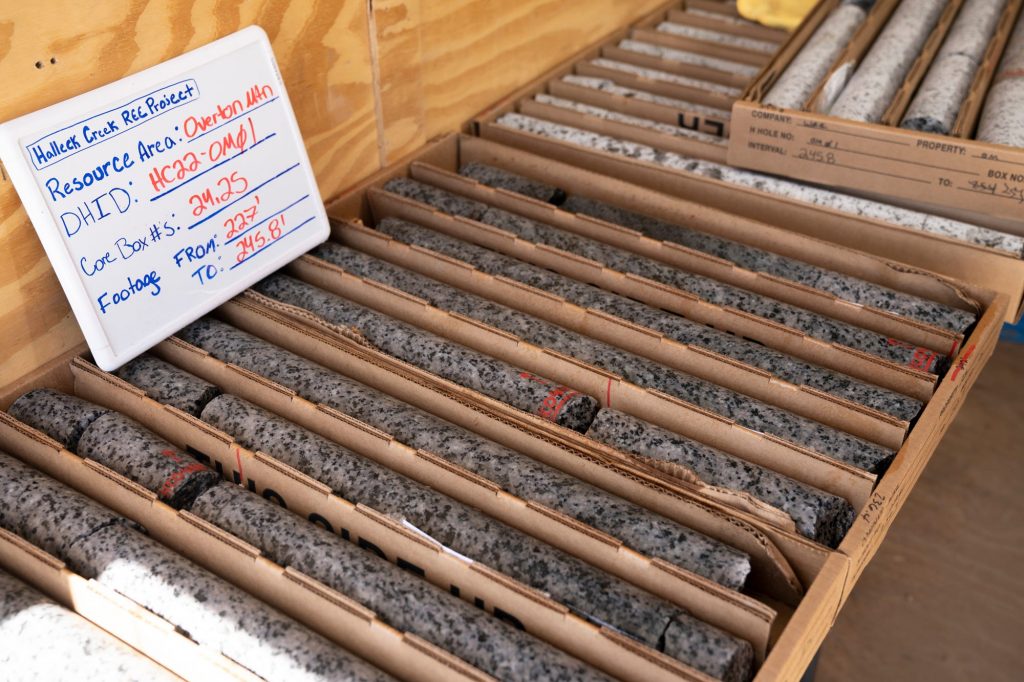
And earlier in April, Senators Marco Rubio and Cindy Hyde-Smith introduced a bill that would provide funding through the Department of Energy to support domestic manufacturing of finished rare earth products.
"Relying on a hostile regime in Beijing for these critical products poses a serious national and economic security problem. We need to take immediate action to onshore these operations," Rubio said in a statement.
President Biden has also issued several executive orders over the past year directing investment and partnerships to boost the onshoring of this industry, describing US reliance on other nations as a threat to national and economic security.
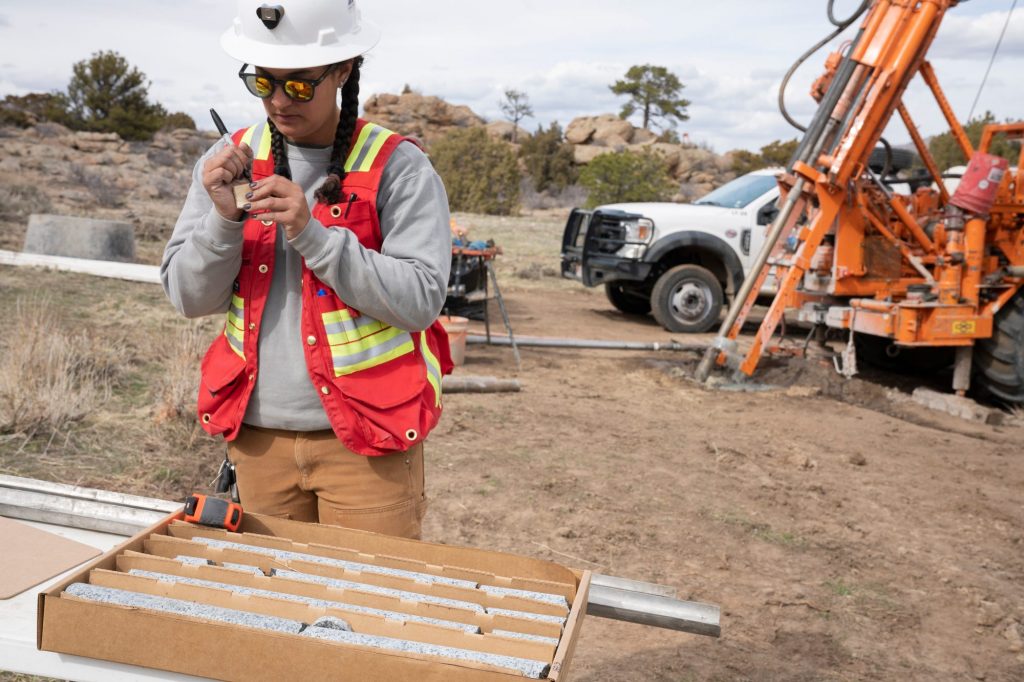
ARE currently describes itself as a pure play exploration operation, meaning a company that focuses on one type of product or service, but is on track to change once the final analyses establish the real value of its claims.
ARE CEO Chris Gibbs has a long resume in the extraction industry, and the company is actively investigating new, more environmentally friendly approaches to process the materials in the US.
There's still a long road ahead, but the industry appears to be picking up speed.

